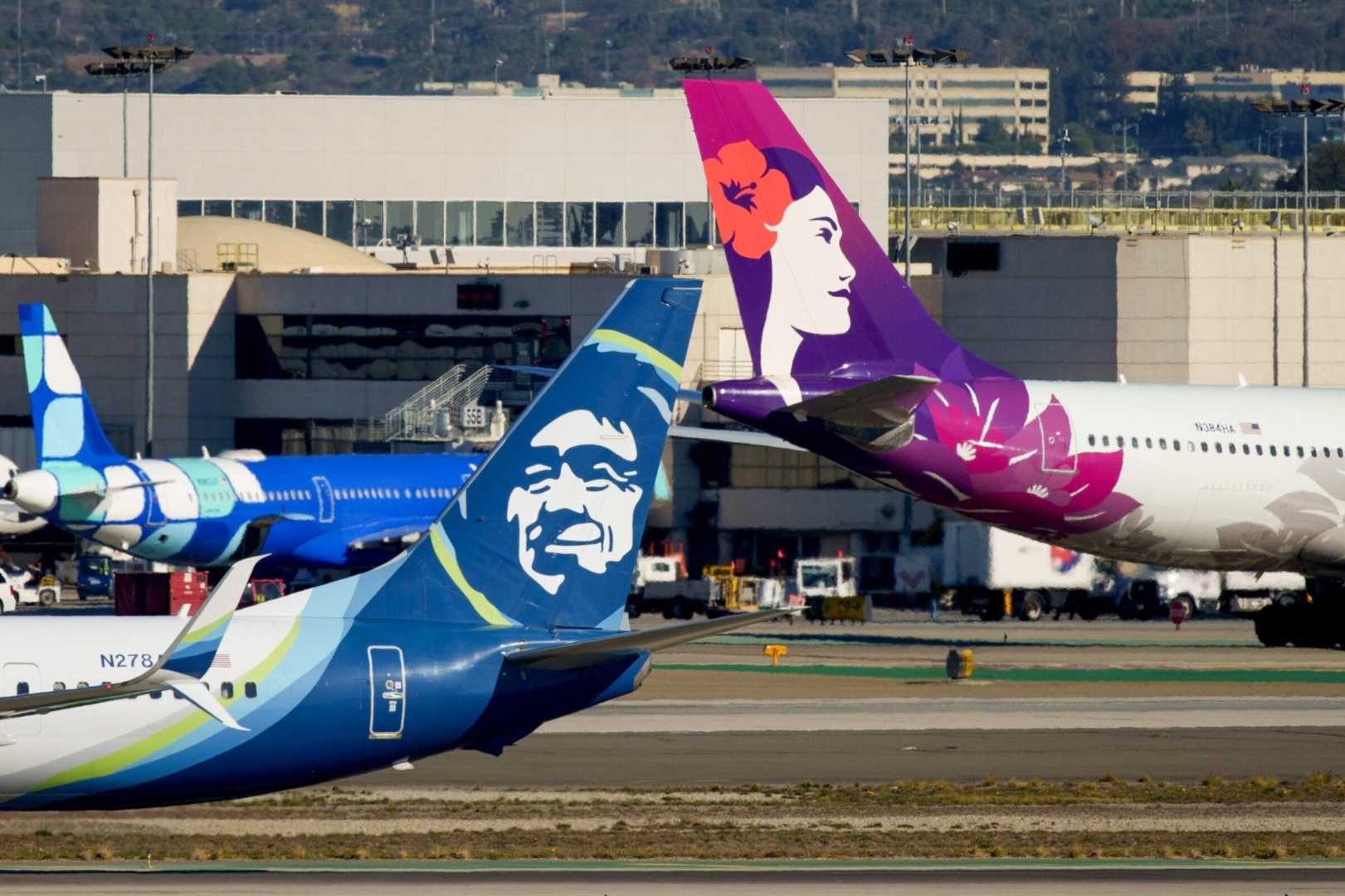Business
Hawaiian Airlines Transitions to Alaska Air Group Leadership

HONOLULU, Hawaii — Hawaiian Airlines has officially begun its transition into the Alaska Air Group‘s operations as the new ownership streamlined its leadership team. This development marks a significant change for the islands’ primary airline as it prepares for greater integration.
Alaska Air Group announced the appointment of Jim Landers as the Head of Hawaii Operations, who will now oversee crucial areas such as engineering and maintenance for both Hawaiian and Alaska brands. Other key positions include Daniel Chun, Jonathan Goo, Alisa Onishi, and Melodi Pieper handling human resources. A position for Head of Hawaii Guest Operations is yet to be filled but is expected soon.
Executives continue to insist that Hawaiian Airlines will remain a distinct entity, but travelers will soon witness practical changes that may shift their flying experience. The main concern among passengers revolves around the potential loss of the Aloha spirit and familiar service during future flights.
Landers will report to Joe Sprague, the acting president of Hawaiian Airlines, who has been charged with facilitating the merger between the two airlines. This shift in executive leadership signals a comprehensive operational control as Alaska Air aims to unify operations under one operating certificate.
However, the transition has raised concerns among employees regarding transparency and job security. As parts of Hawaiian’s legacy are changed or absorbed into Alaska’s operational playbook, the travel experience on interisland routes could be notably altered.
Alaska Air is also set to consolidate its loyalty programs and expected operational procedures within the fall. Changes to flight staffing, scheduling, and customer service processes are being closely monitored as they may affect services significantly.
Flying frequency from Hawaii is still strong, with over 180 daily flights being monitored by the new leadership. Key routes that once utilized larger wide-body aircraft have begun transitioning to smaller planes, raising concerns about the overall travel experience, particularly for those seeking the traditional Hawaiian airline service.
As passengers prepare for their upcoming flights, they will keep an eye on how the integration progresses. With expectations for a single reservation platform by 2026, the merger’s effects on both employee morale and passenger experience remain key areas of interest.
As the merger unfolds, it remains to be seen how well Hawaiian Airlines will retain its unique characteristics while adapting to Alaska’s operational model. Observers note that any shifts in service styles or efficiency in airport operations could greatly influence long-term customer loyalty.












